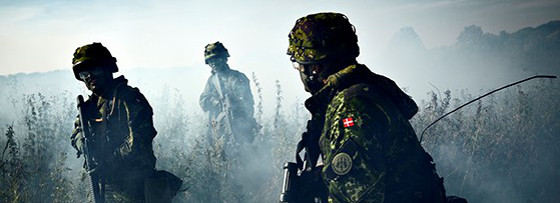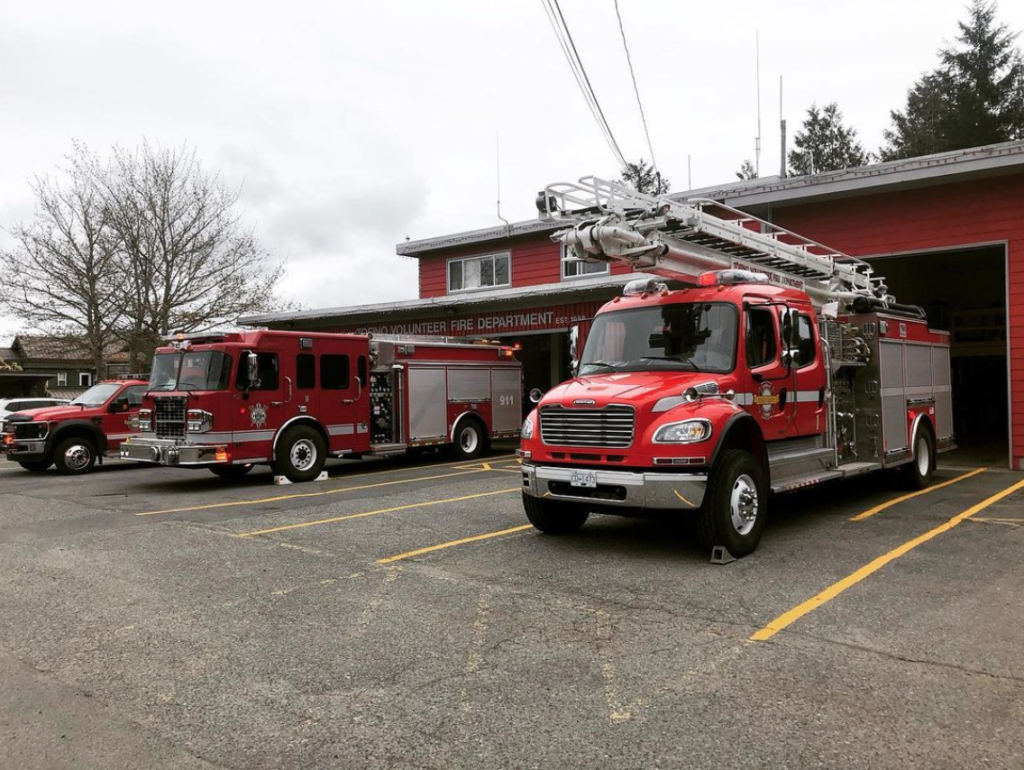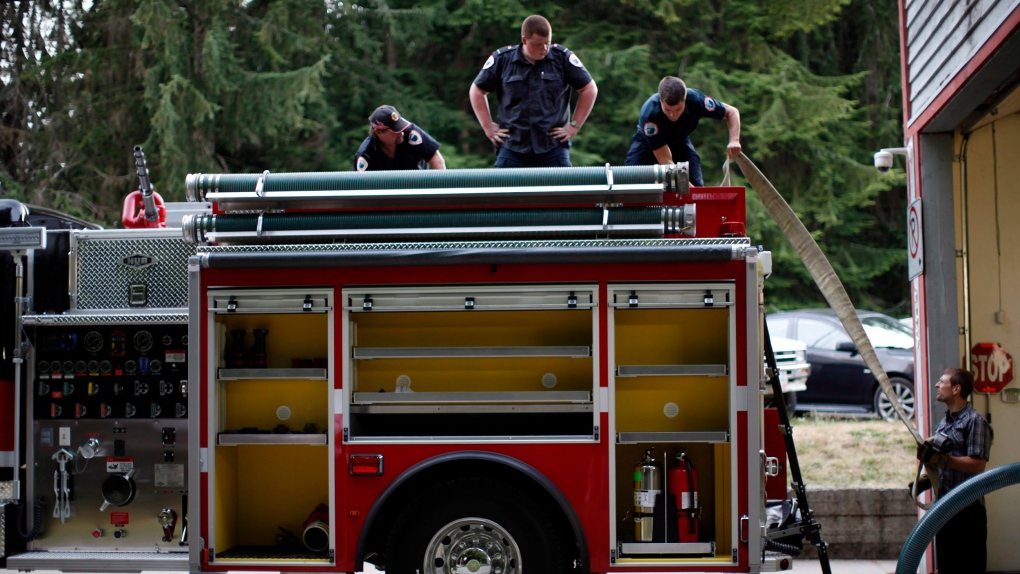In 2007, Latvia abolished conscription, switching to a professional, volunteer-based service model.
[10] However, after the start of the
Russo-Ukrainian War in 2014, calls for reintroducing mandatory military service reappeared, with the
full invasion of Ukraine by Russia in 2022 being a decisive boost to this momentum, despite initial skepticism from the top leadership in the NAF and the Ministry of Defence.
[11] In July 2022, Defence Minister
Artis Pabriks announced a plan for the re-introduction of military service – officially called the National Defense Service (
Latvian:
Valsts aizsardzības dienests, VAD) – first on a voluntary basis and then in compulsory form at a later date for males aged 18–27, starting from January 2023.
[12] The
Government of Latvia supported the plan in September, with the next required step being the approval of the
Saeima. The Cabinet also supported the proposed transitional period from 2023 to 2028, that the length of the service would be 10 months and that service can be postponed until 26 years of age. Alternative service options would involve serving in a National Guard unit on a part-time basis for 5 years; civil service for those unfit for military service due to health or special military courses for students.
[13]







